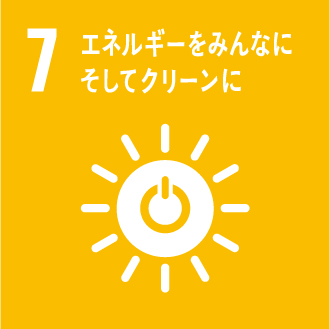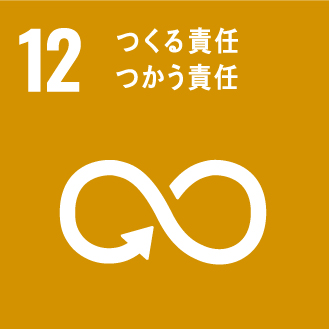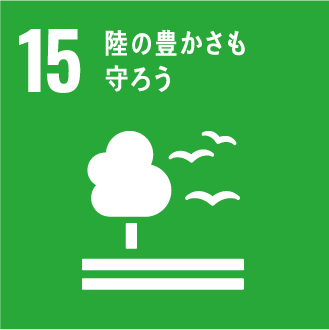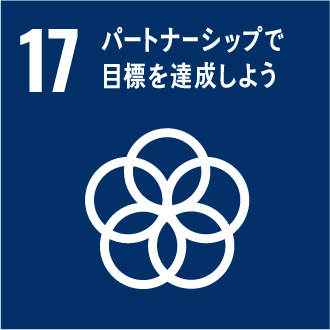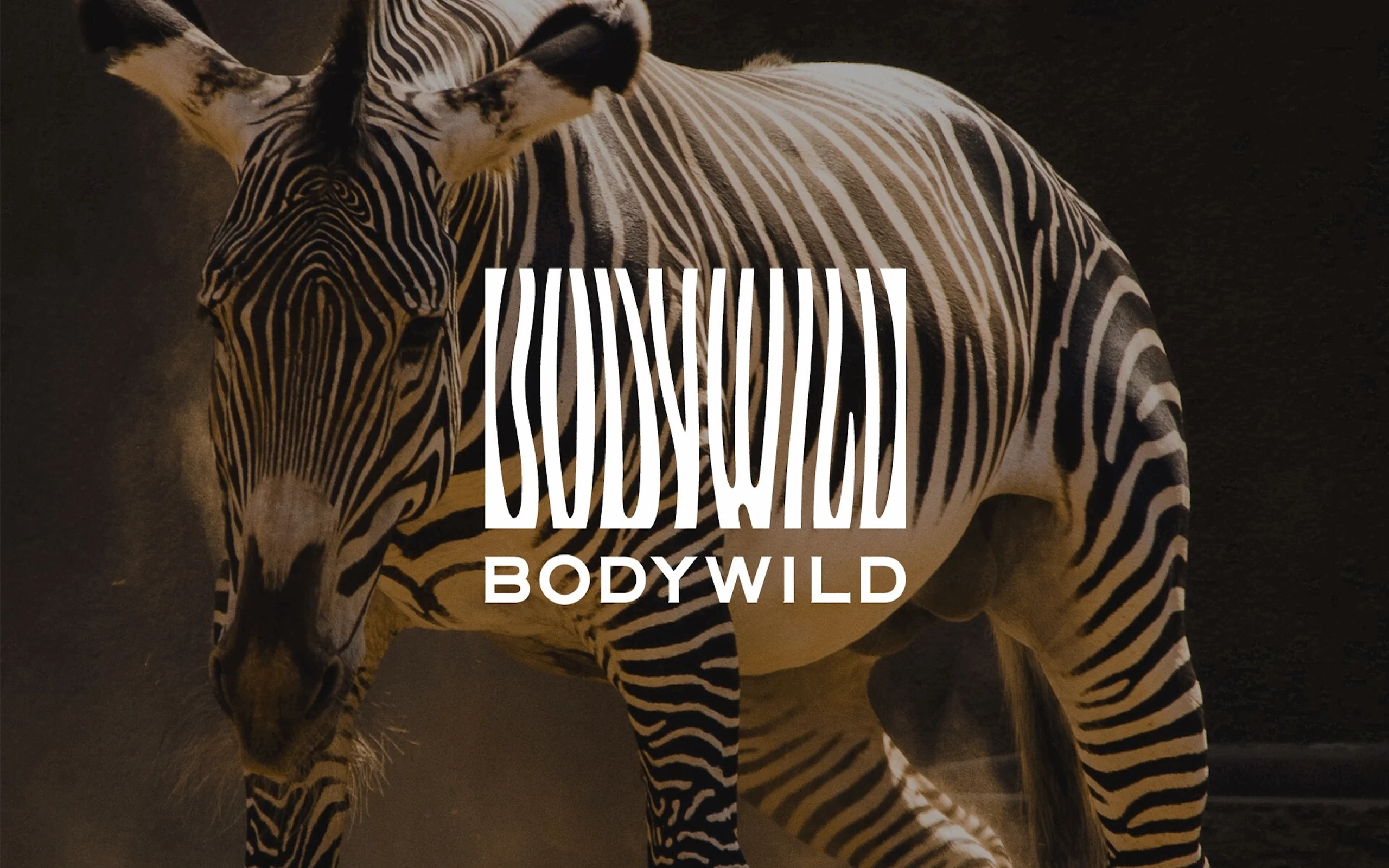
PROJECT
BODY WILD
Sustainable reconstruction of a national brand of boxer shorts. Paper usage reduced by two-thirds and transition to an environmentally conscious brand using FSC materials.
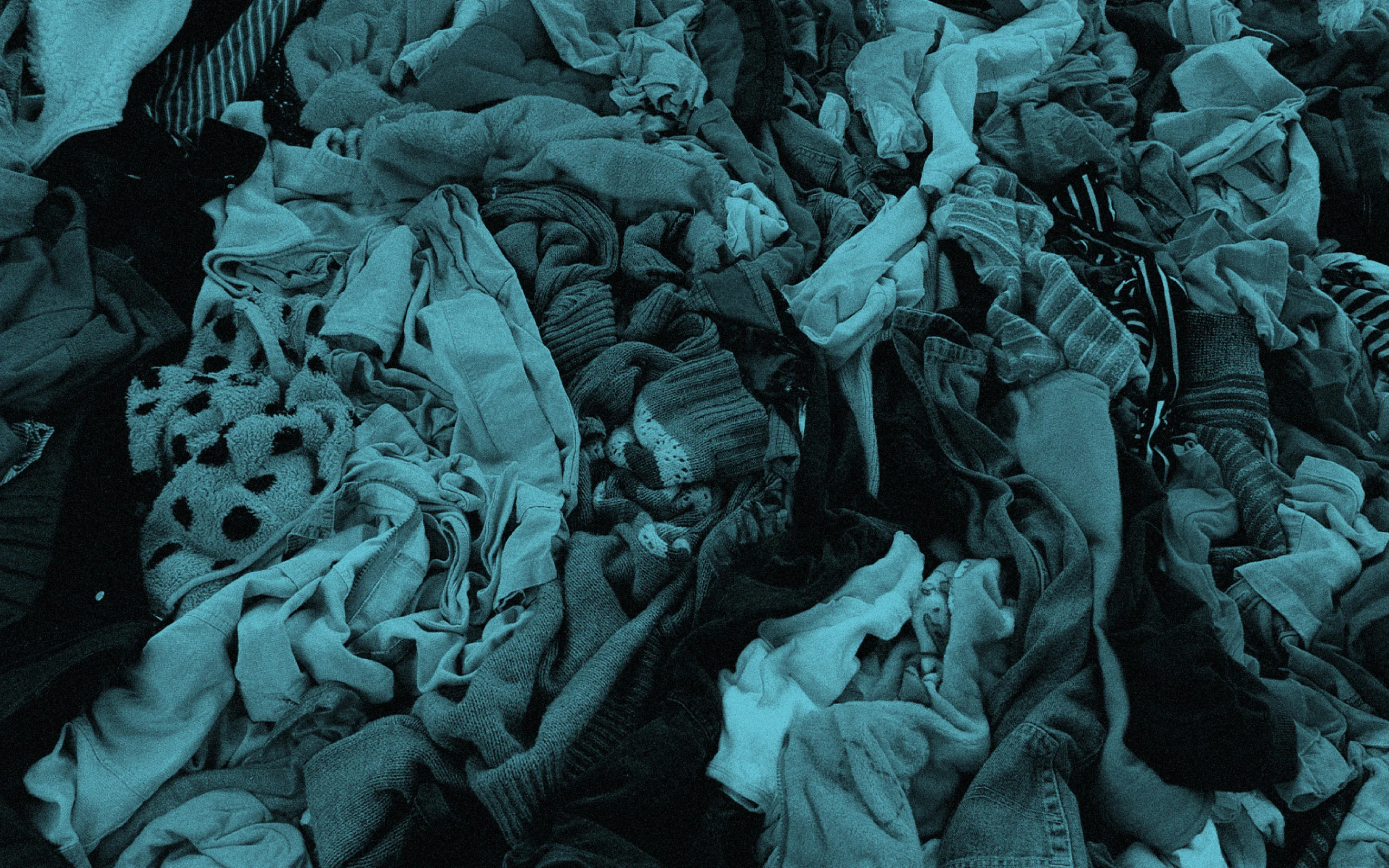
WHY
Can the apparel industry become sustainable?
The apparel industry has extremely long and complex supply chains that start from manufacturing, transportation, and then to retail. During these processes, the industry emits CO2 gas equivalent to 1.2 billion tons a year and uses 93 billion ㎥ of water per year . The emitted CO2 gas exceeds the total of the international aviation and shipping industries combined, and the amount of water used is enough to meet the annual water needs of 5 million people. It is also said that 20% of industrial wastewater contamination comes from textile dyeing and its processing.
Annual Greenhouse Gas Emissions from the Apparel Supply Chain (2015)
Annual Water Consumption in the Apparel Supply Chain
This is also supported by the common practice of the fashion industry, where new designs are released every season, promoting mass production, mass consumption, and mass disposal. The weight of disposed clothes exceeds 90 million tons a year, and this is equivalent to roughly 300 billion pieces of clothing .
Because of these reasons, the apparel industry is considered to be an industry that’s placing one of the most significant burdens on the environment. It is required for the industry to shift to become a sustainable one as soon as possible.
Annual Clothing Waste (2020) and Projected Annual Clothing Waste (2030)
HOW
Underwear for
your body and nature.
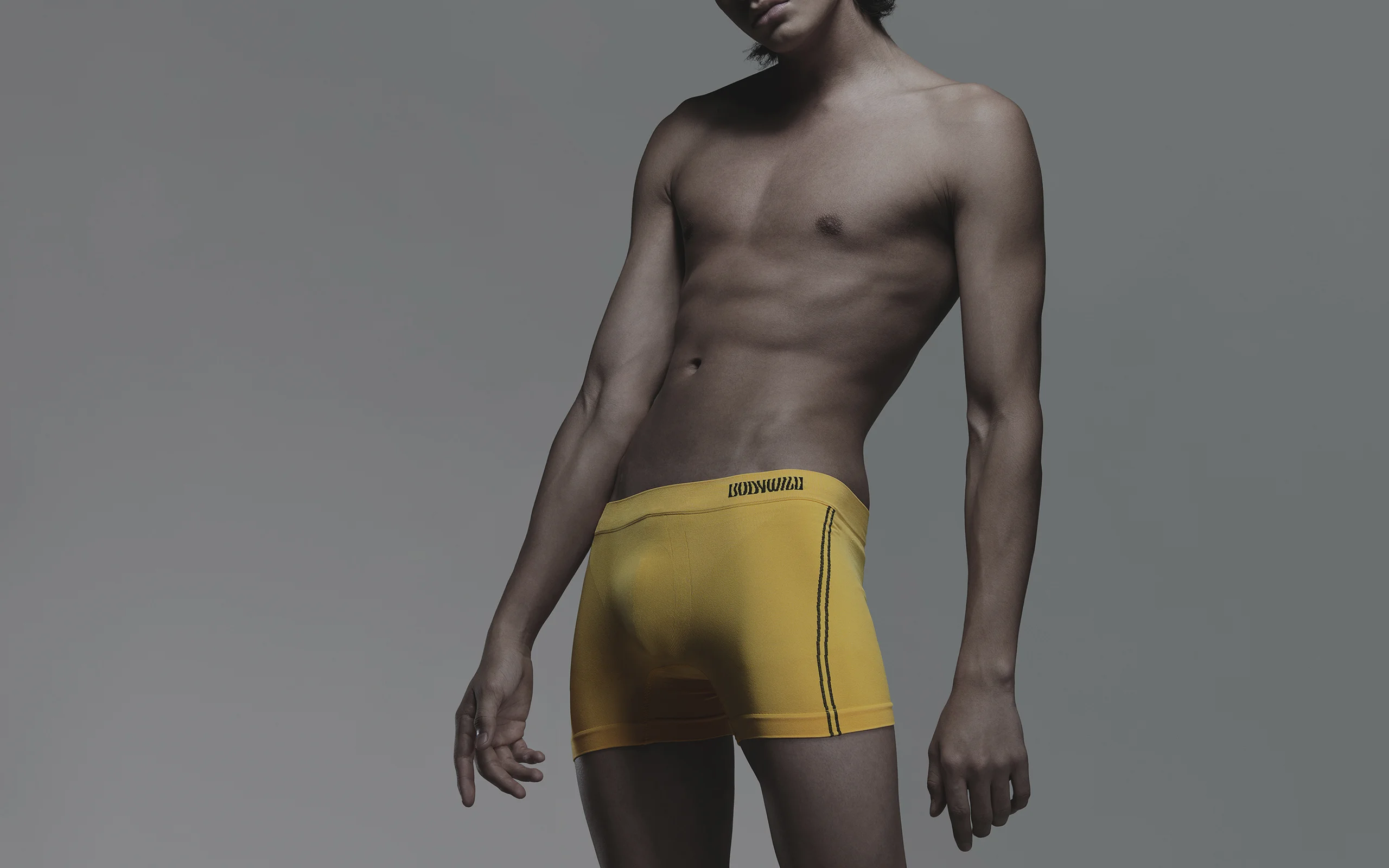
BODY WILD is an underwear brand that was started in 1998 by Gunze, a textile manufacturer that produces undergarments and stockings. BODY WILD is known in Japan as the pioneer of Japanese undergarments with its world’s cutting-edge technology and craftsmanship that support highly functional and high-quality products like boxers and briefs. Its shares in the market have dropped in recent years, however, because of the rise of fast fashion and being less recognized by younger generations.
This was when we, NOSIGNER, came to be in charge of the first-ever rebranding of the brand that was established 26 years ago. As the environment surrounding the underwear market had been changing, brand tuning was needed to sustain the brand’s position as a leading old-established brand and there was also the need to incorporate younger generations by adding new concepts that differentiated the brand from competitor brands through understanding what the market needs were. In response, we explored a brand strategy that established a unique position, realizing both the “neutral design” that the market wanted and the “powerful brand message” with strong appeal and promotion capacities.
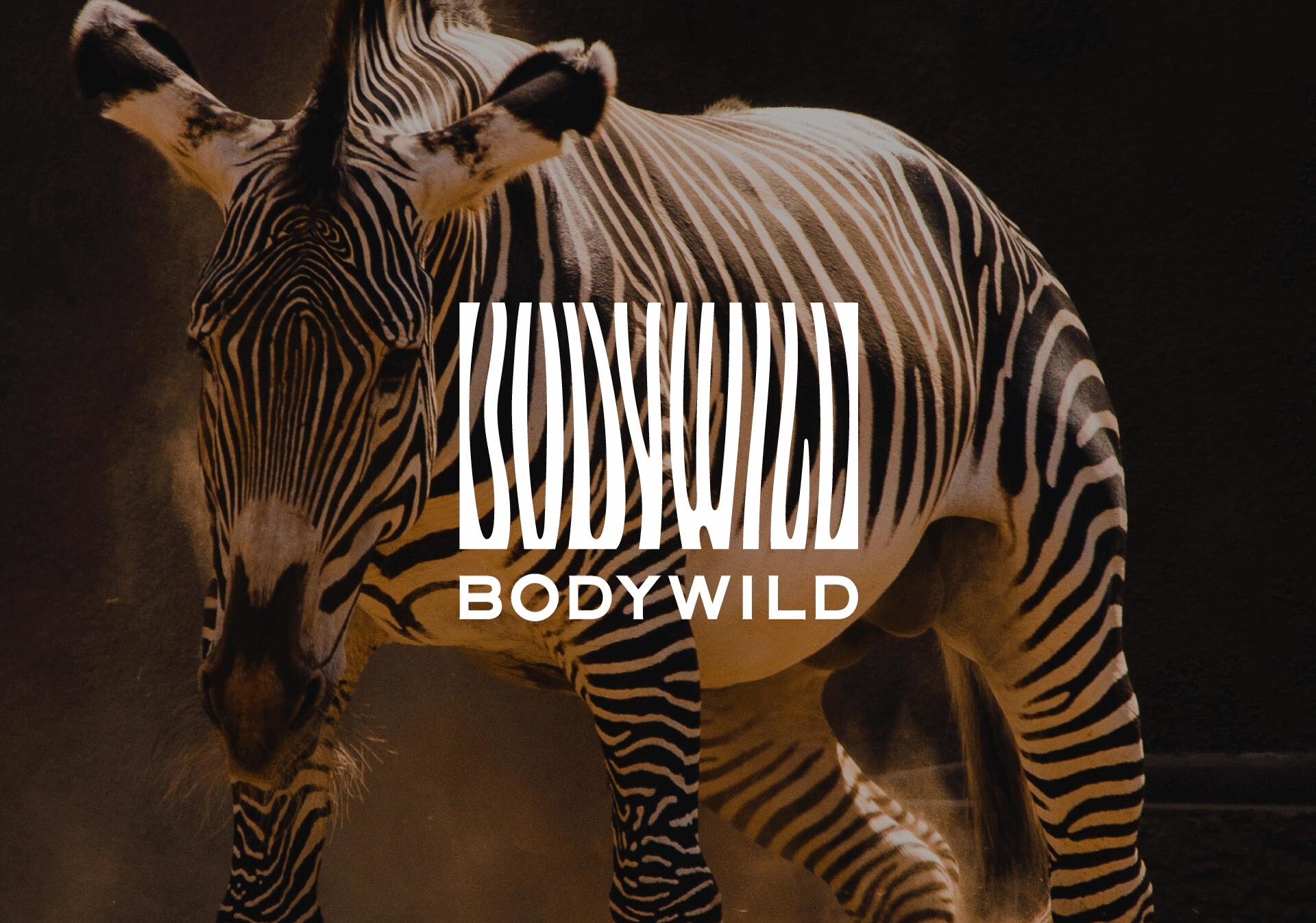
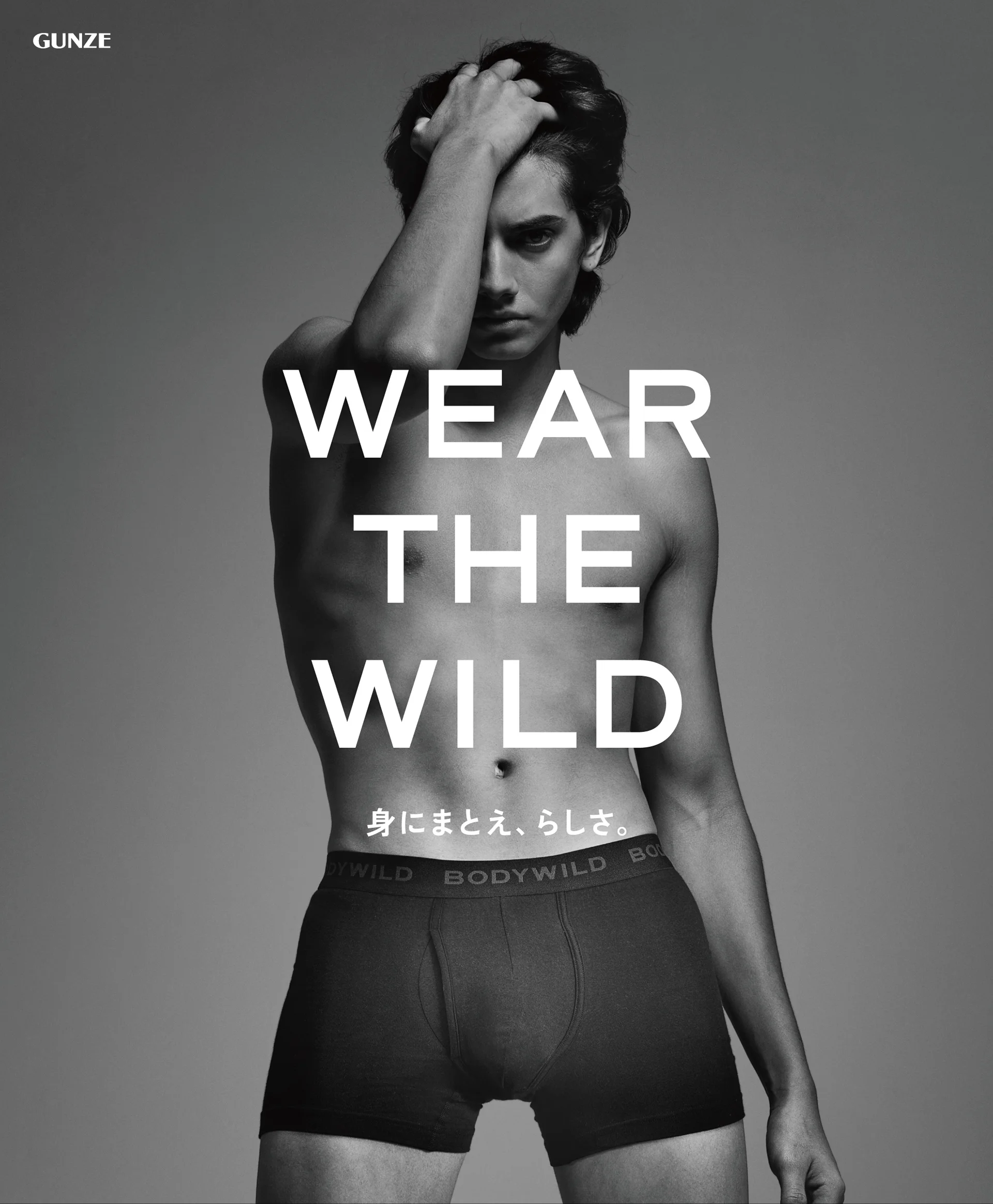

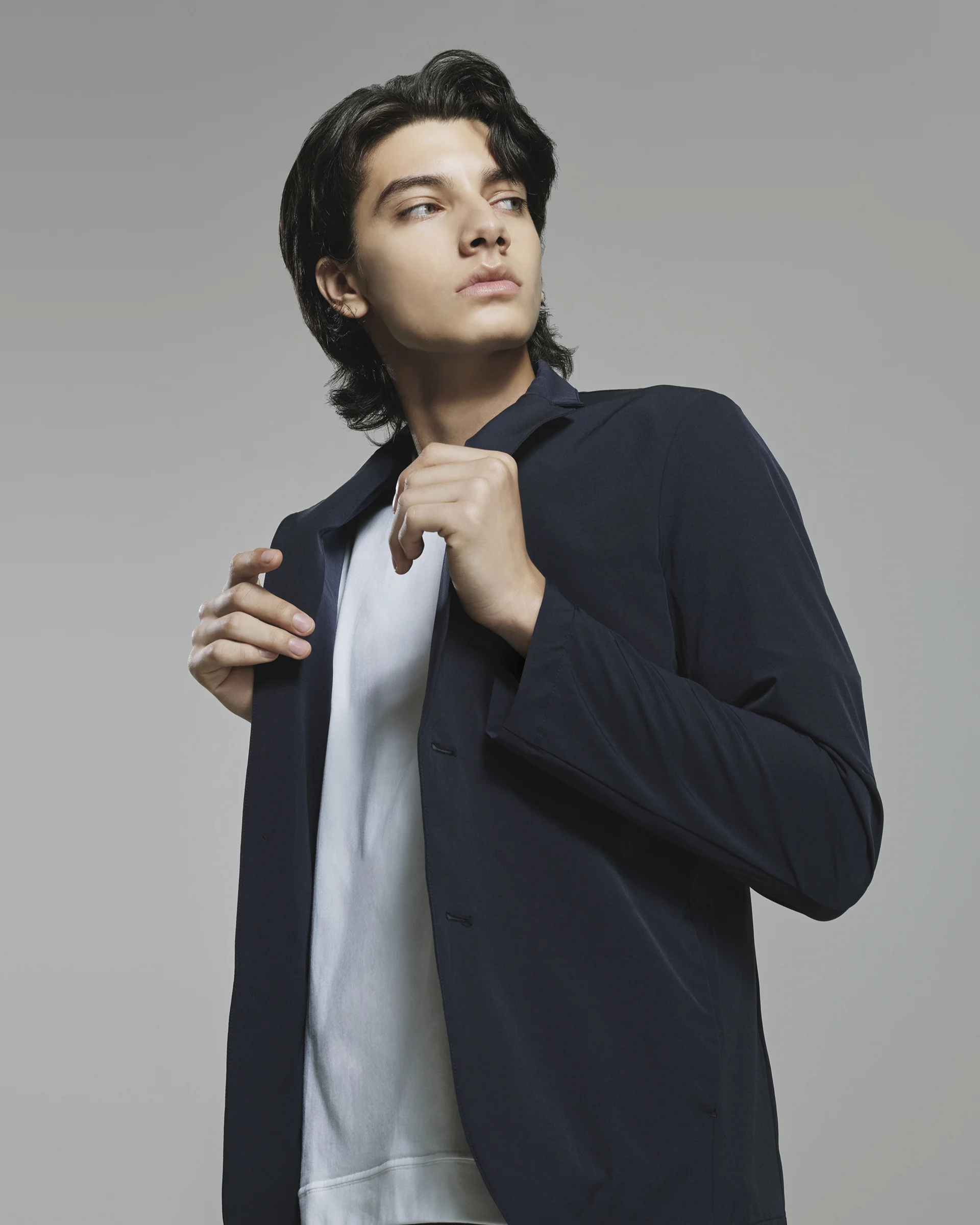
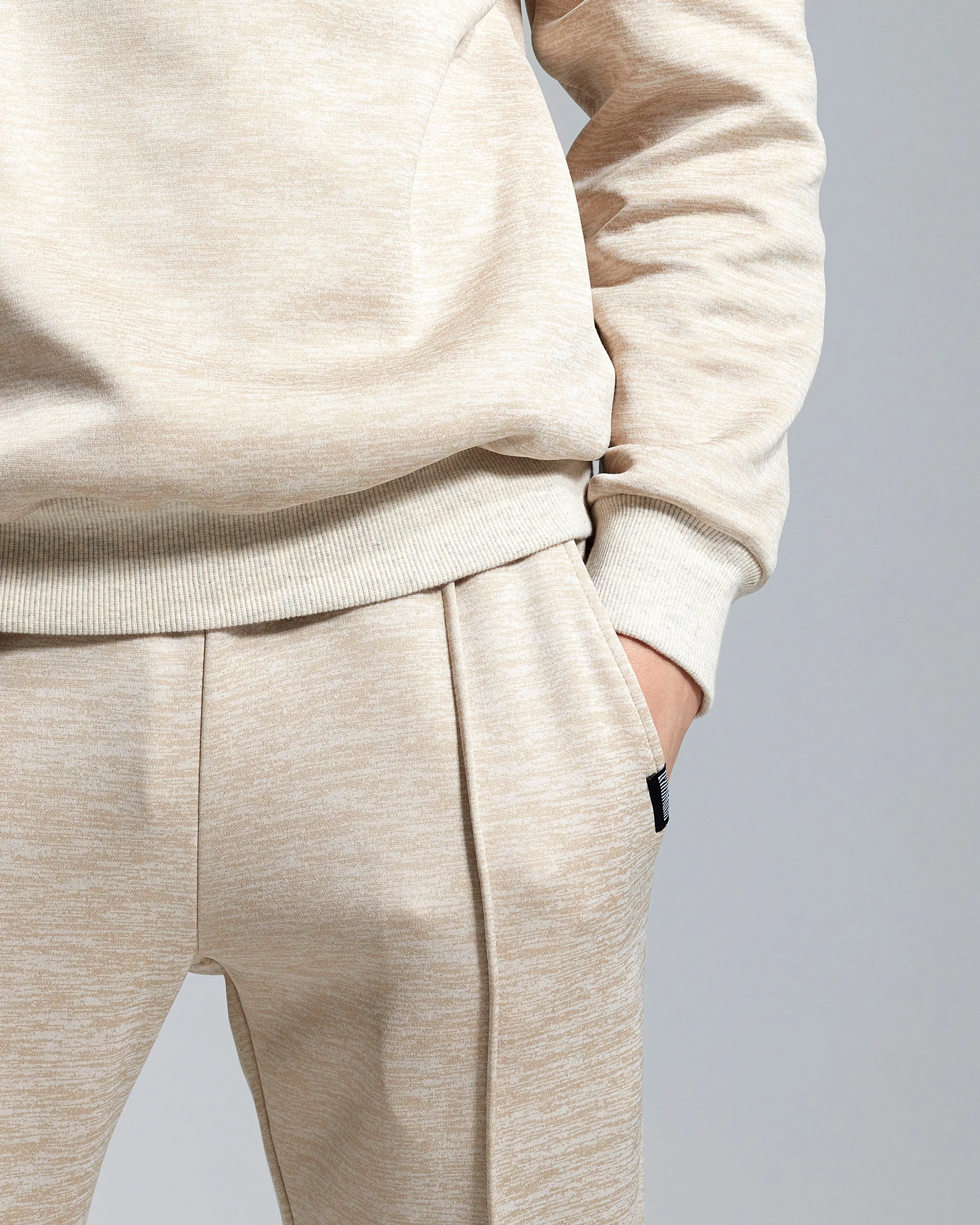
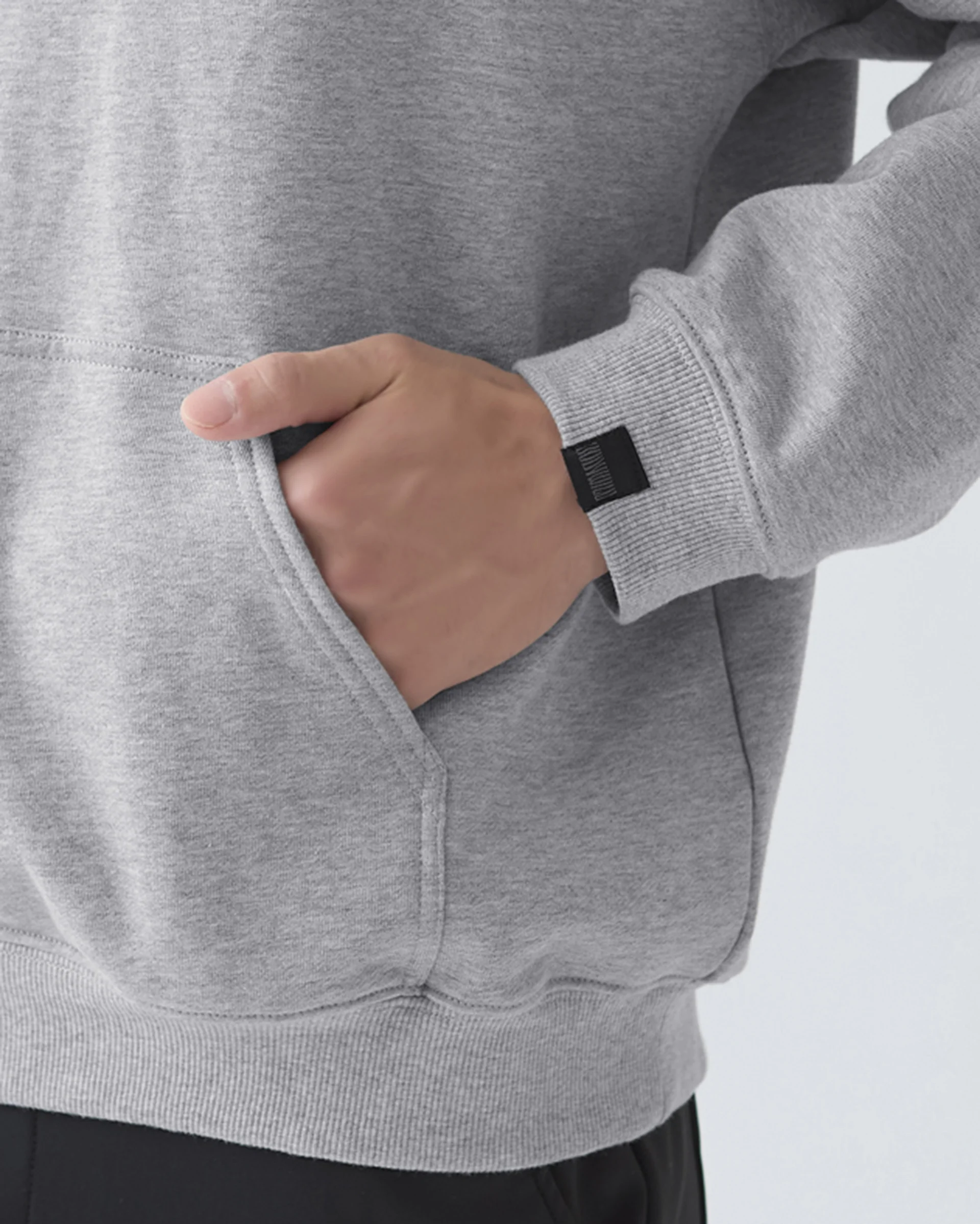
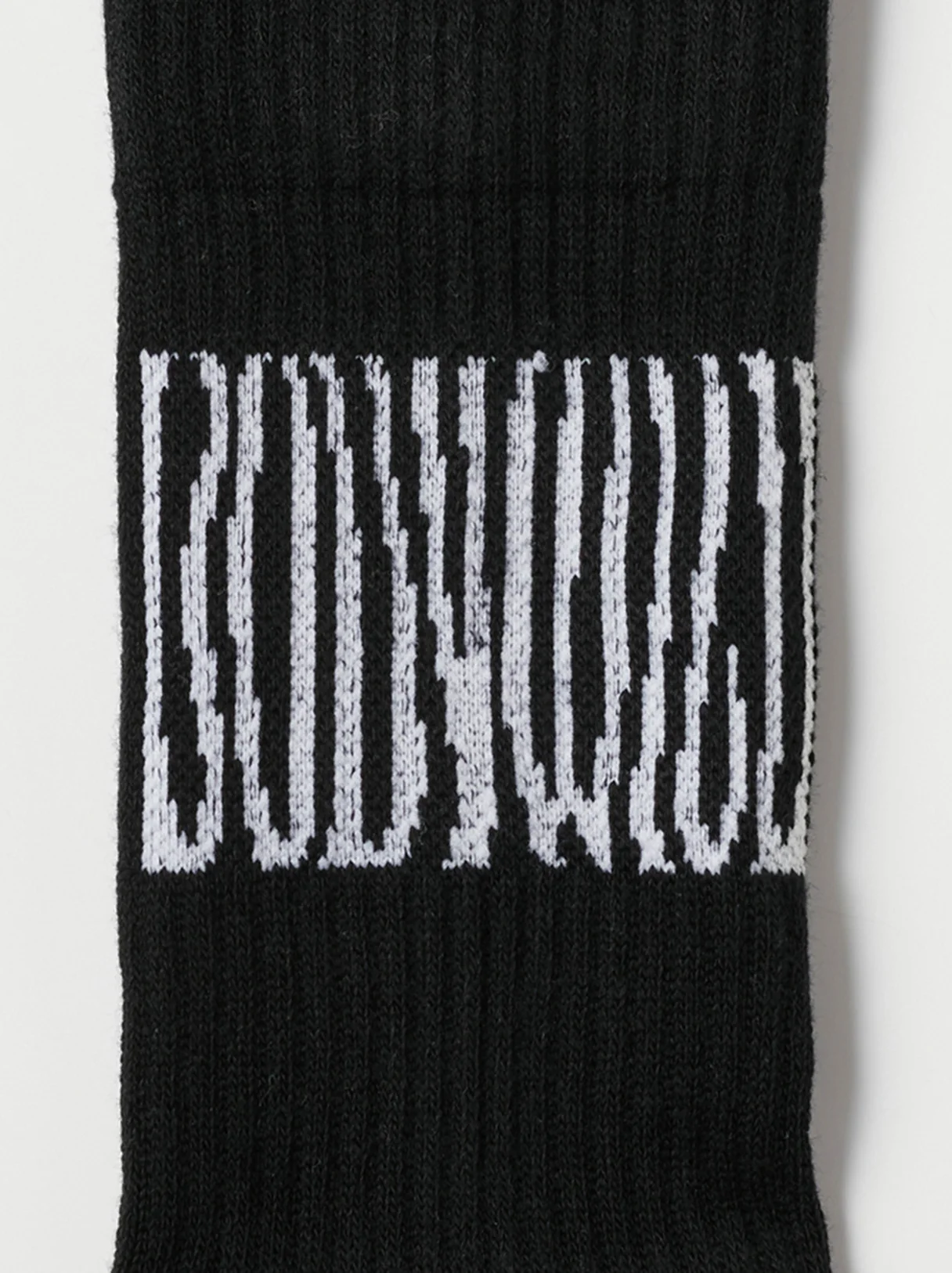
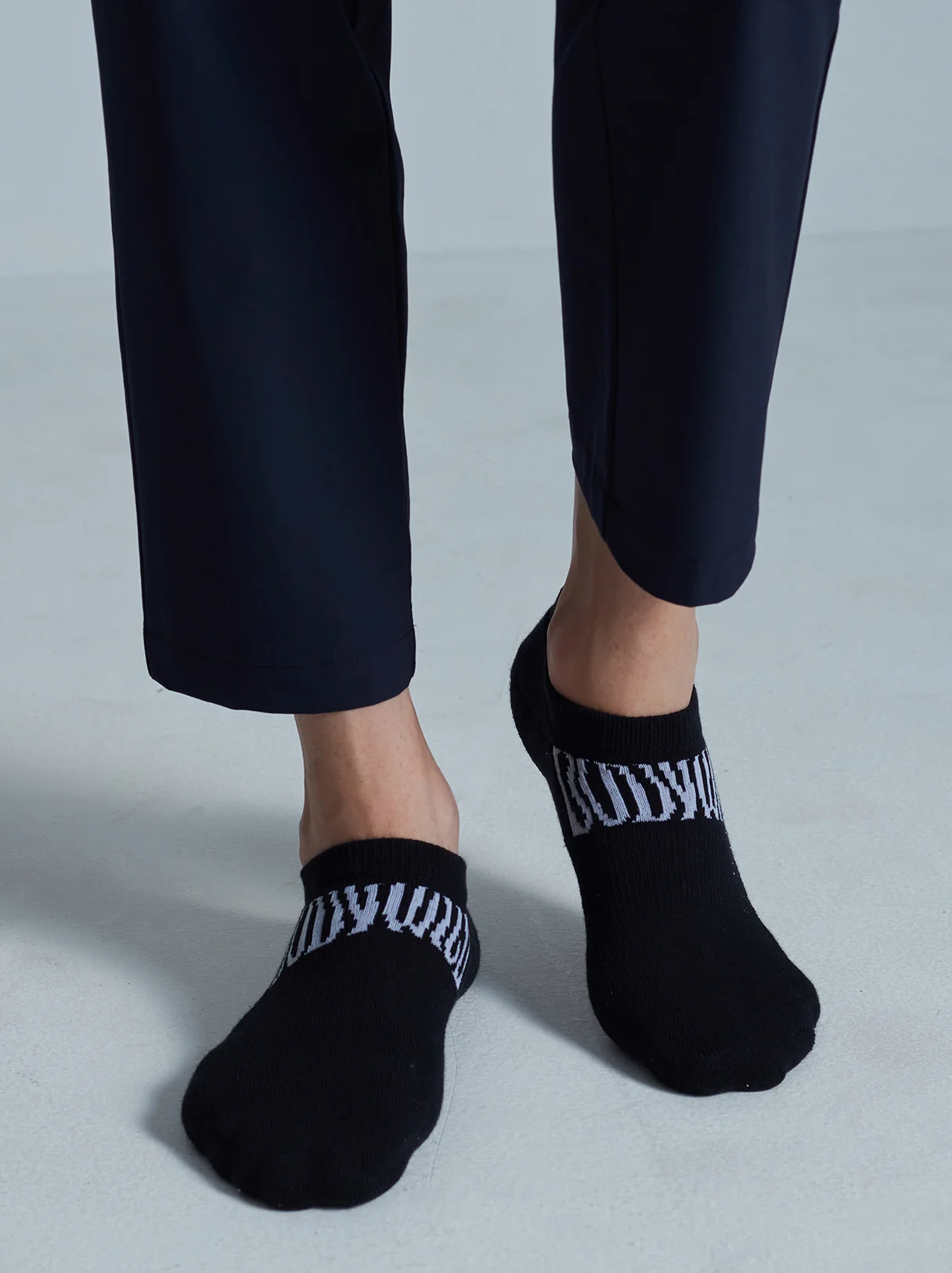
The brand tackled head-on the biggest trend in fashion in the 21st Century, sustainability. At the same time as the rebranding, we proposed carbon reduction from packaging and manufacturing as well as introducing products with donations. We then focused on the Kyoto brand’s identity, “craftsmanship” and “perfect fit to the body,” made using advanced technology, and set the brand concept to be “Returning the BODY to the WILD.” With this, BODYWILD could become a sustainable brand that makes you feel comfortable when you wear it and feel the peace of coexistence with nature.
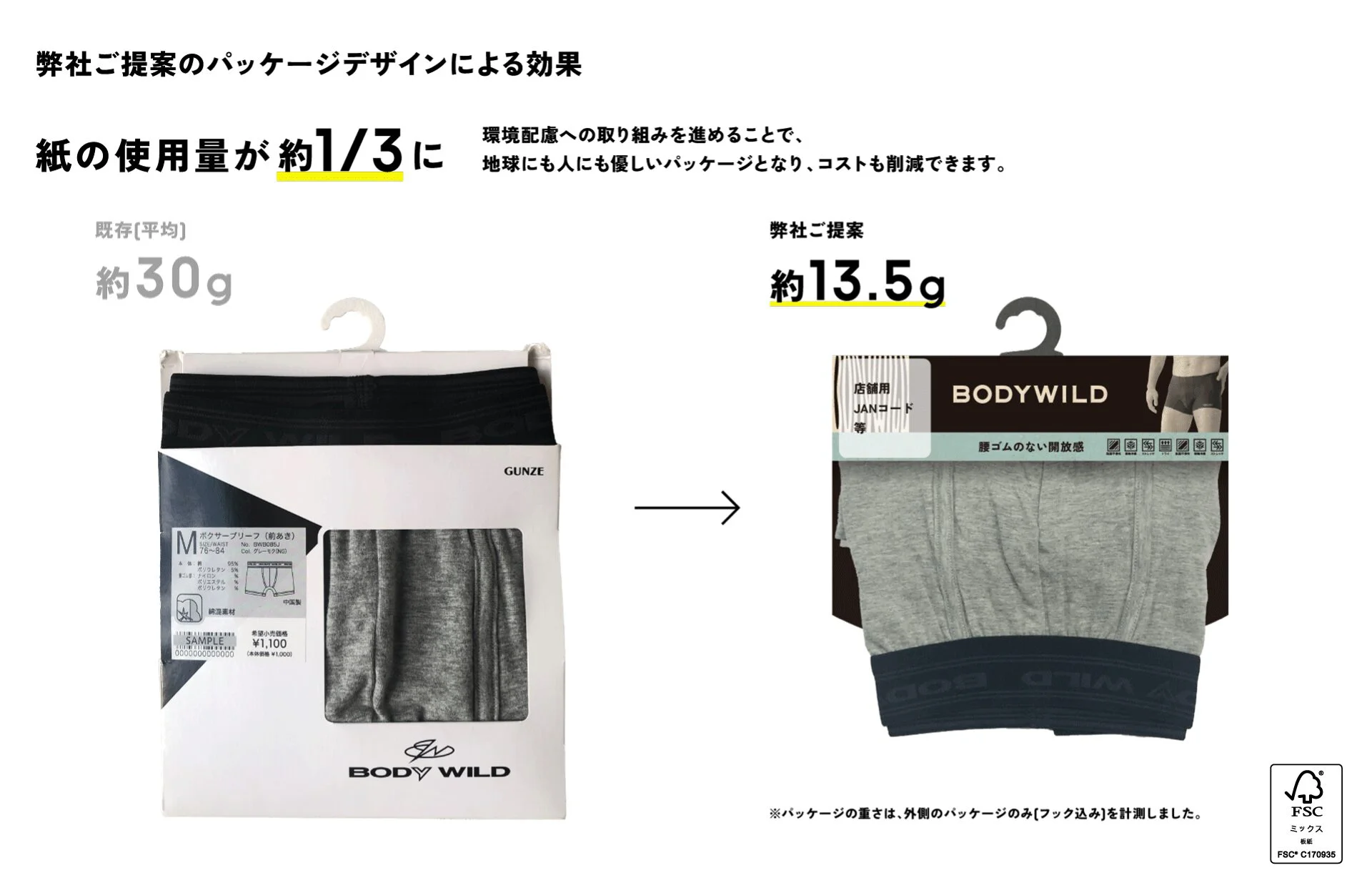

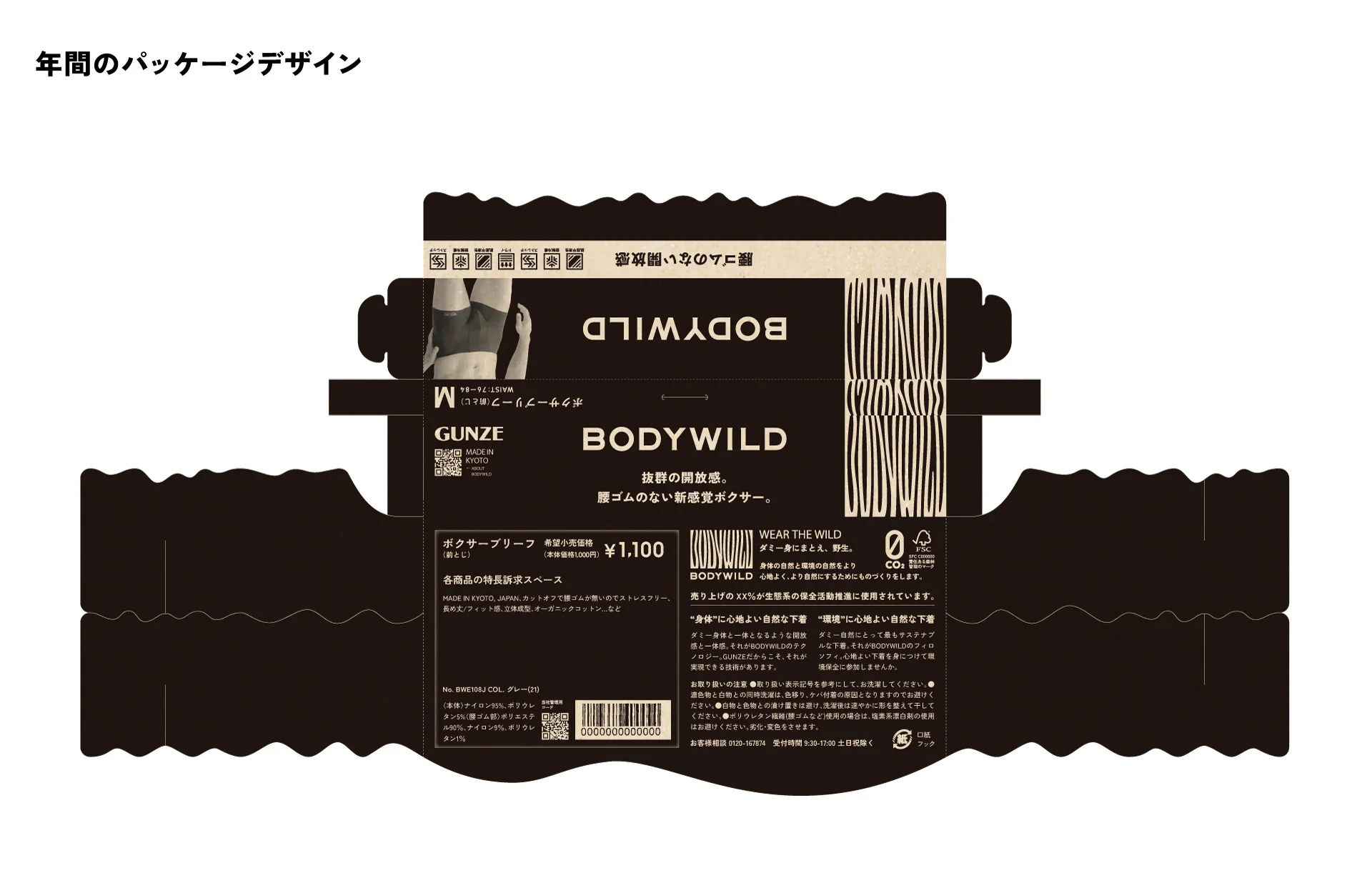
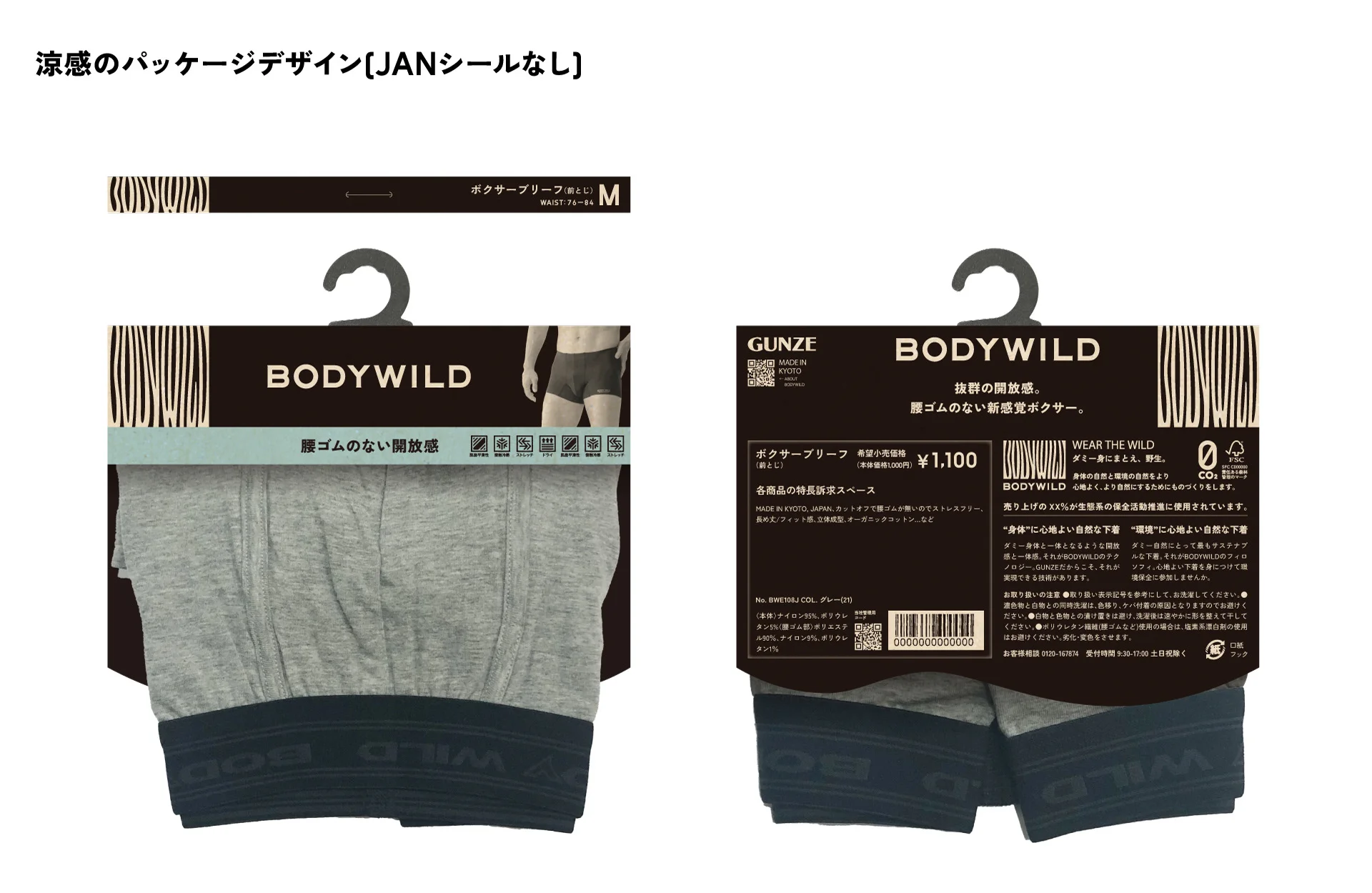
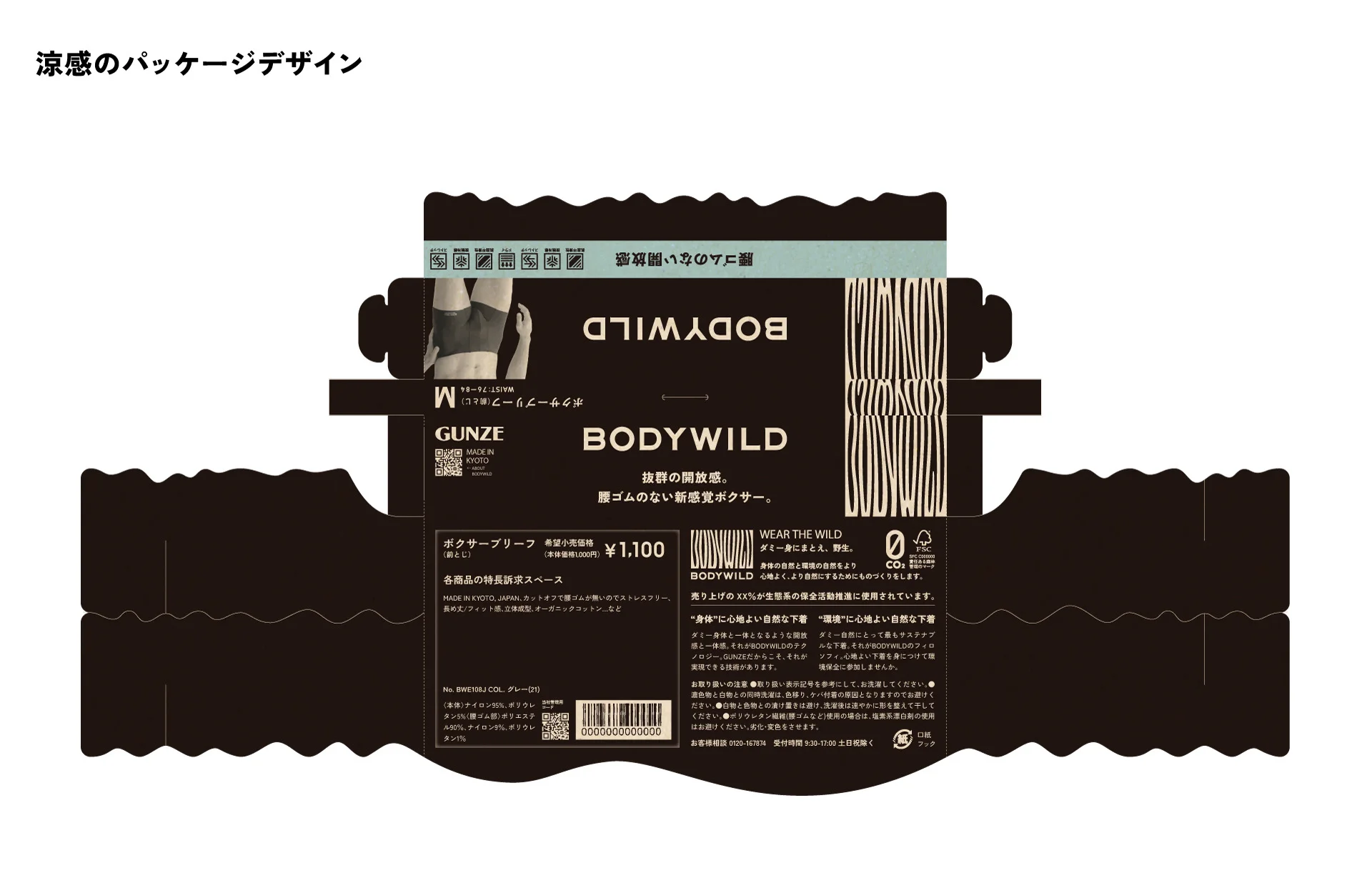
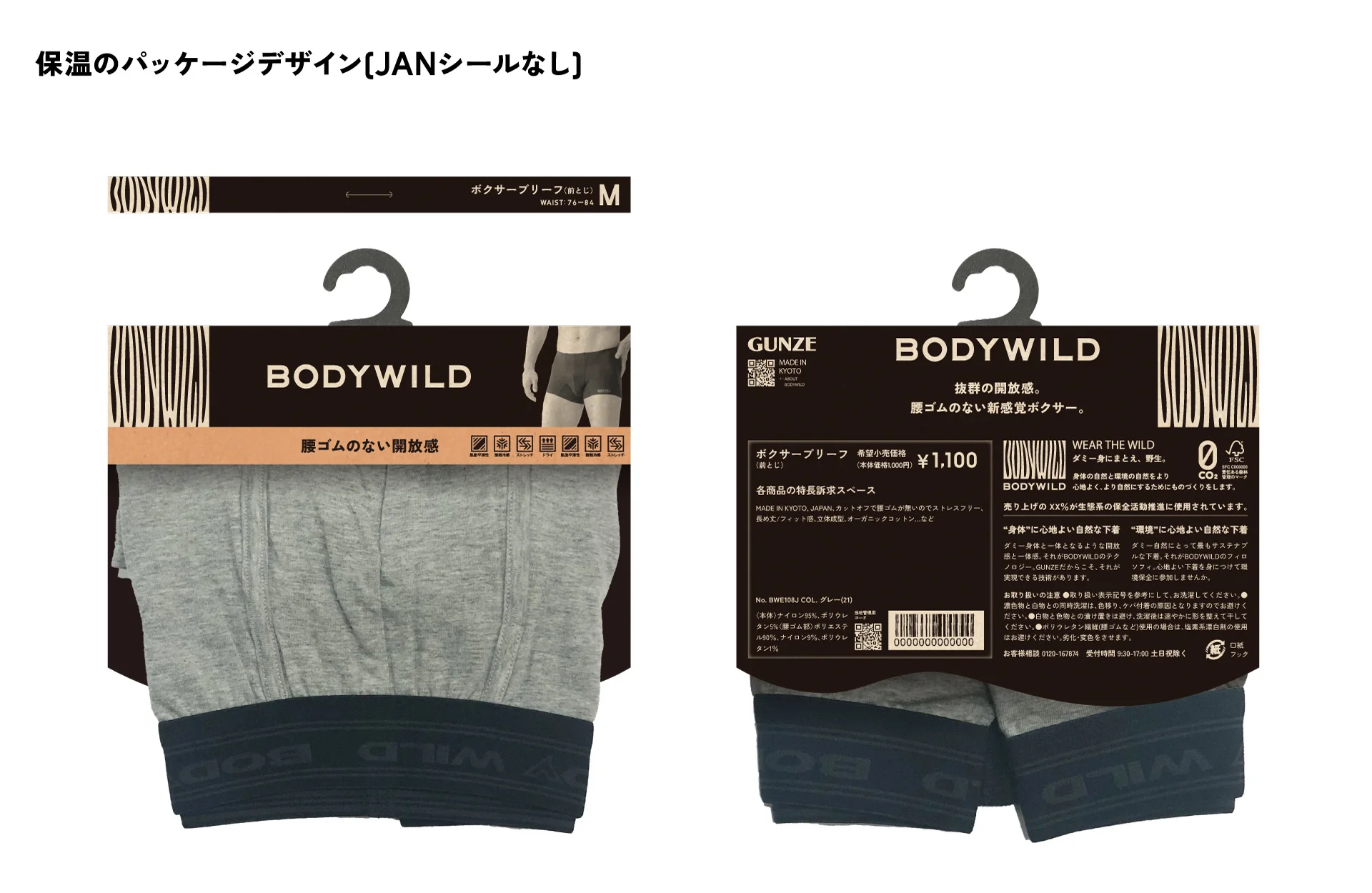
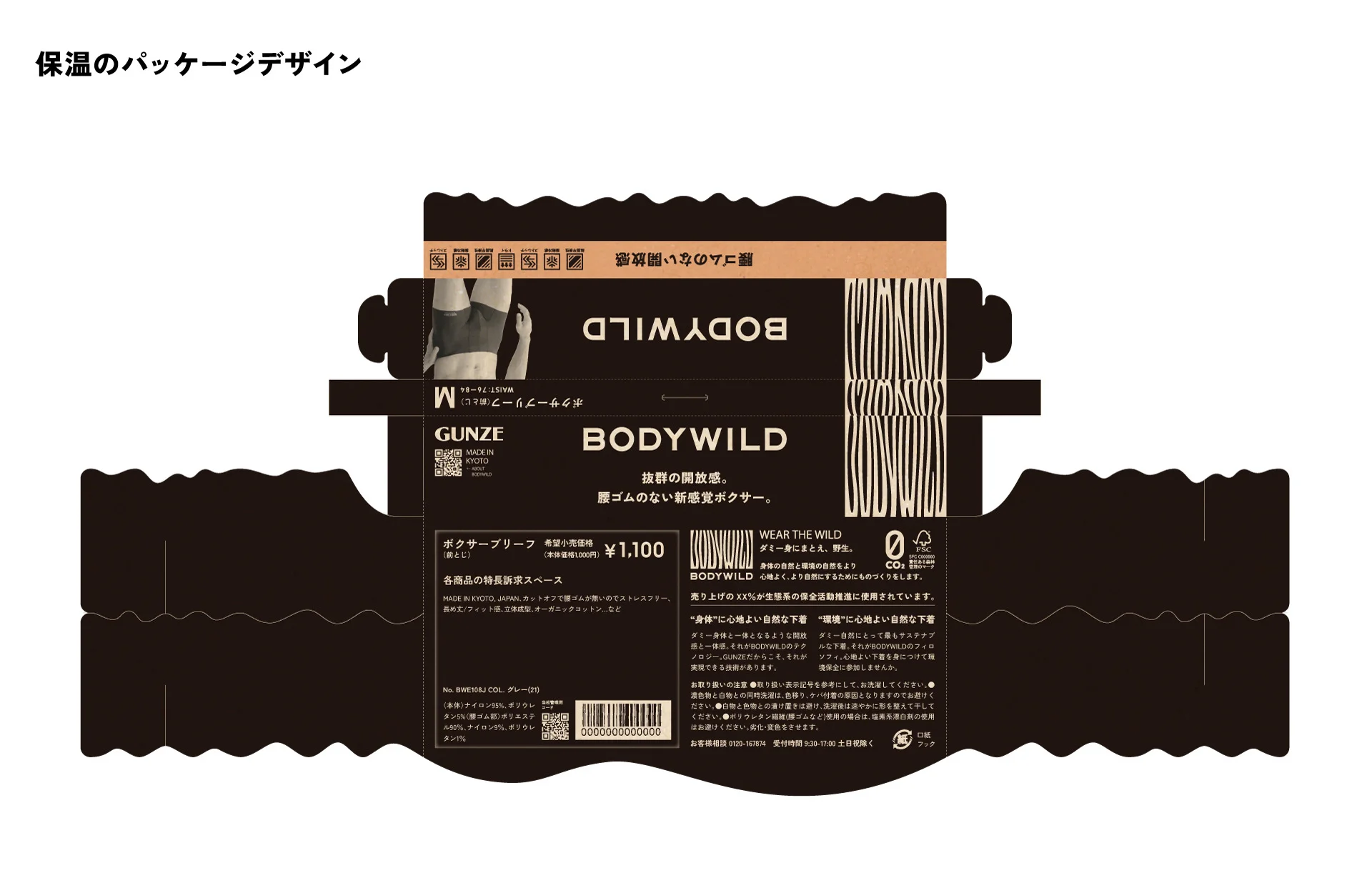
In addition, we redesigned the conventional logo expressing “masculinity and powerfulness” to a more neutral design expressing the current notion of “wildness,” such as “naturalness, being natural, and being yourself.” The symbolic design motif incorporated a zebra pattern blending into the surroundings like a neutral barcode design, as a symbol of an animal that can be one with nature. We also designed the Variable Logo, which allows you to adjust the length-to-width ratio. We made these new designs for undergarments to be able to be flexibly used for all kinds of products, including jackets, underwear, and hats.
We used the picture of an endangered species, Grevy’s zebra, as the key visual to express our support for sustainability. For the model pictures, we revisited the brand’s initial expressions of rebelling against society and being a challenger. We made it clear that our position for the undergarment was that of a challenger. Our newly designed packaging enhances our commitment to sustainability by reducing paper usage by two-thirds compared to our previous design and utilizing FSC-certified pulp, which supports responsible forest management.
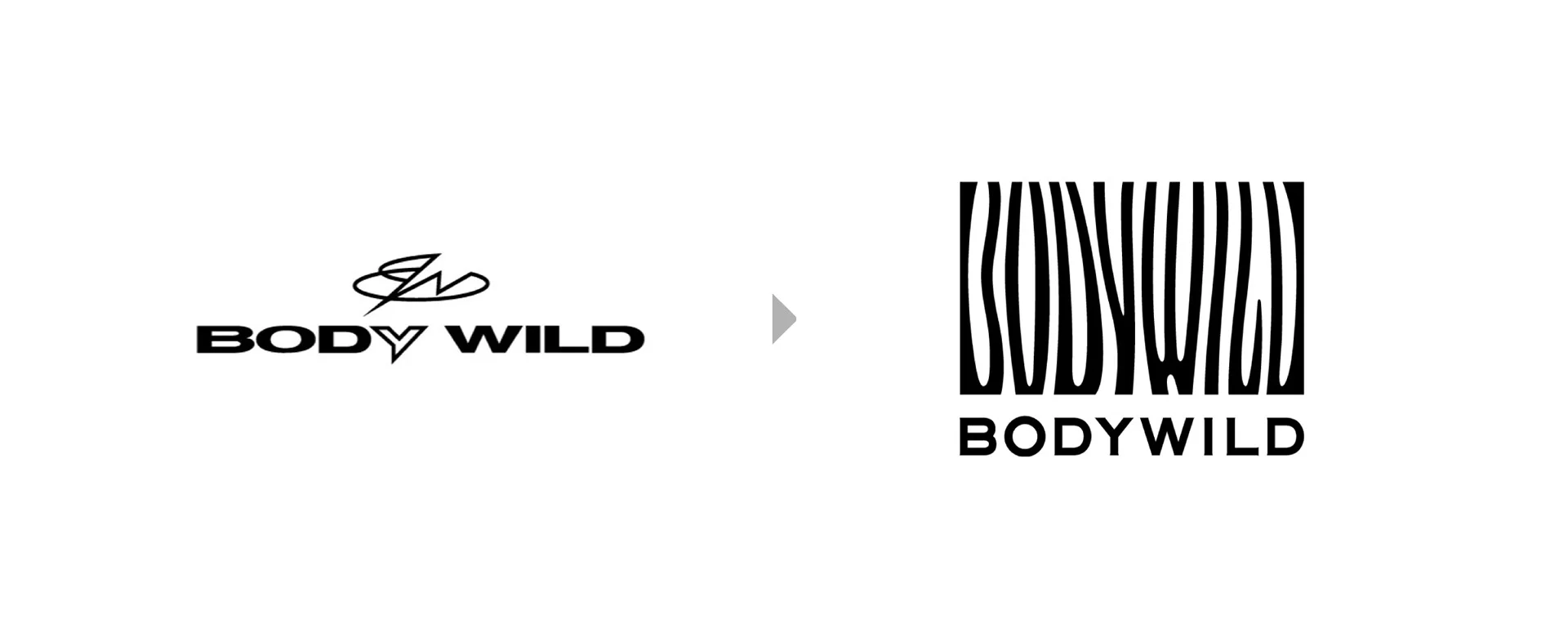
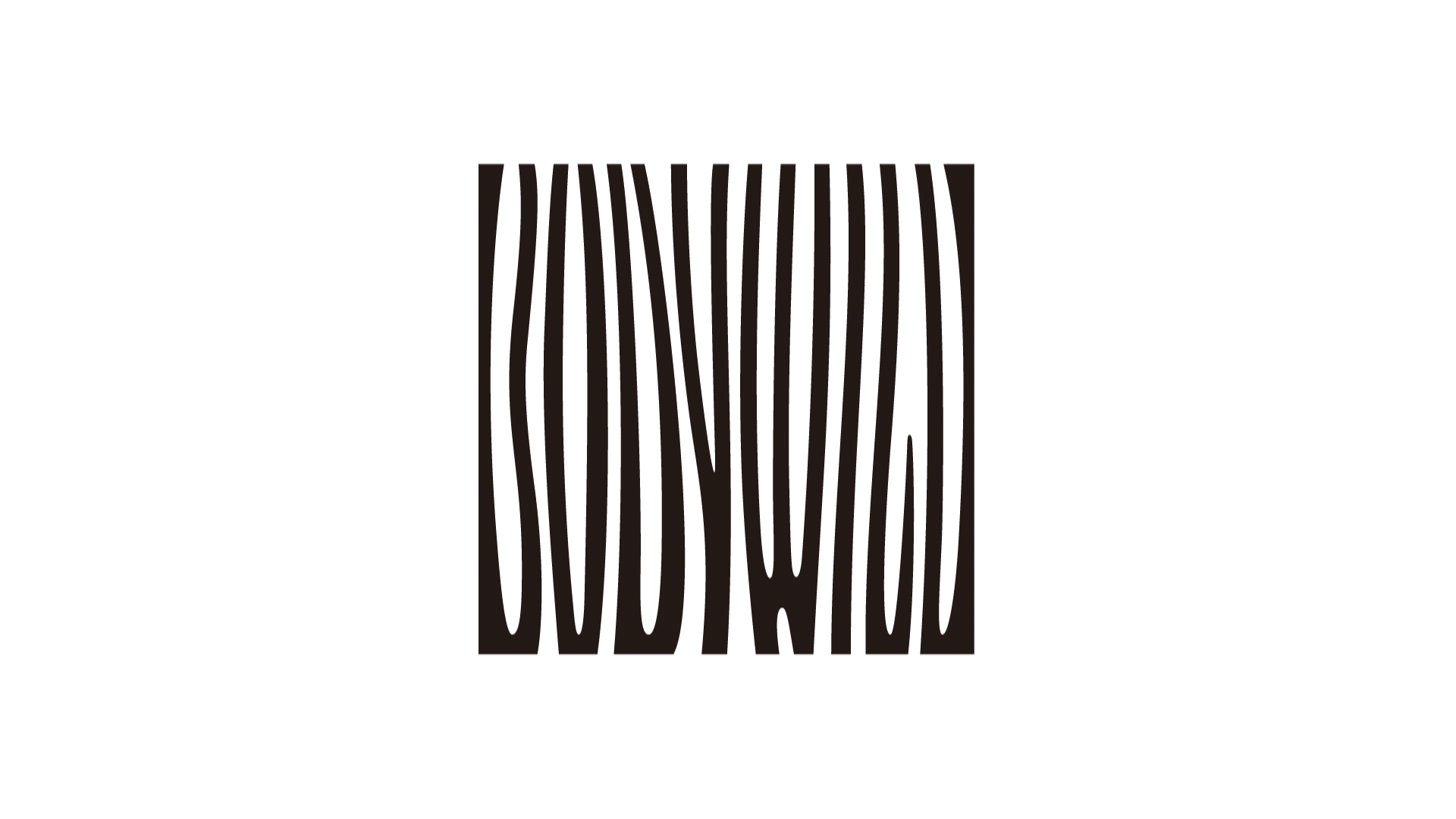
WILL
Towards a sustainable apparel industry.
With this rebranding, BODY WILD took a large step from being a conventional men’s underwear brand to becoming a 21st Century-worthy sustainable and total apparel brand.NOSIGNER played a key role not only in redefining the brand but also in guiding its shift toward sustainability—integrating renewable energy, adopting recycled and organic materials, promoting B Corp certification, and achieving net-zero carbon through carbon offsetting. Gunze is Japan’s largest underwear-producing textile manufacturer, so the rebranding of one of its brands to have environment and sustainability as the core message would transcend beyond rebranding and affect the whole apparel industry, which is in need of innovation.
In the future, we can continue to support with our know-how as a design consulting firm that has worked on renewable energy, climate change response, and ecosystem preservation projects. We will support the brand initiatives to reduce environmental burdens and contribute to the innovation of Gunze and the whole apparel industry to become more sustainable.

INFORMATION
- What
- BODY WILD
- When
- 2023
- Client
- Scope
- Logo / CI Guideline / Packaging / Tagline / Promotion Strategy Support
- SDGs
CREDIT
- Art Direction
- NOSIGNER (Eisuke Tachikawa)
- Graphic Design
- NOSIGNER (Eisuke Tachikawa, Ryo Fukusawa, Ayano Kosaka, Yuta Horimoto)
- Management
- NOSIGNER (Eisuke Tachikawa, Kentaro Yasuda)
